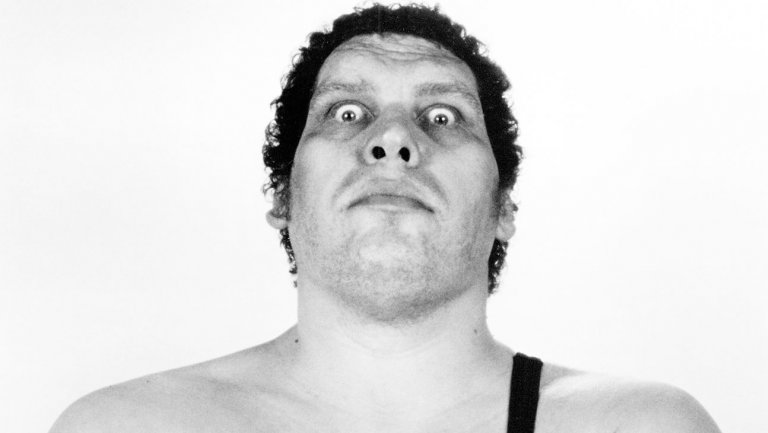‘Andre The Giant’ and the art of myth-building in pro wrestling


Similar to when kids roll their eyes when their elders start out stories with “Back in my day…”, I imagine a similar reaction by modern day wrestling fans when they hear yet another tale about the territorial days, the WWF’s rise to prominence in the mid-80s, and even the Attitude Era.
As someone who has often looked back maybe too fondly at my formative years watching wrestling, I do know there is an undeniable reality about the current day vs. yesteryear: the flow of information. Without the connective electronic tissue known as the Internet (and really, social media), storylines felt more real, characters became more mythological, and mere mortals grew into legends.
HBO Sports’ much-anticipated ‘Andre The Giant’ documentary from Jason Hehir not only fully captured how that myth-building process happens, but did so in a way that would make even the most stubborn modern day fan yearn for a time when we simply didn’t know so much about the wrestling business and how the sausage is made.
Likely not by accident, ‘Andre’ is neatly divided up into essentially three 30-minute stories. The first could be called “The Rise” in that it gives the background of how Andre Rousimoff found himself in the world of pro wrestling with footage of his early training days, background into his various monikers, and more. My mental version of Andre will always be the late 80s black singlet wearing villain, so to see him learning the ropes as a kid, and to see him so fluid and mobile, is arresting in the best possible way.
Traveling through the 70s and early 80s at a perfect stop-and-look pace, we learn how the myth of Andre developed over time, most of which wasn’t by his intent but by the promoters around him. We get insights into why you didn’t cross “The Boss”, who he disliked and how he showed it, and even his interactions with Hollywood types like Arnold Schwarzenegger and later, his “The Princess Bride” co-stars who fell in love with Andre the person.
And yes, there are drinking storie, sex stories, and farting stories of which, to no big surprise, were a favorite of Vince McMahon.
The second act could be called “Reality” as we are brought into just how hard it was for Andre to live in society given his size and that a normal life was impossible. We learn how he found refuge and quiet in small Ellerbe, NC, and we meet the daughter he barely knew due to his schedule and lifestyles.
In a bit of a plot turn, we leave Andre for a while in what essentially is a documentary within a documentary about McMahon’s 80s expansion and the pop culture birth of Hulk Hogan.
We wrap up with the final 30 minutes (call it “The Road to WrestleMania III”) which features a lot of Hogan and the baggage of wondering exactly how much of what he’s saying is fact vs. fiction. On paper, I could see why someone might groan and assume more fiction. However, in the context of where the documentary goes, Hogan’s commentary and context is needed for those not in our pro wrestling bubble. To his credit, both McMahon and Andre handler Tim White corroborate the main question surrounding Mania III which was whether Andre would do the job for Hogan.
The bench of interviewees is deep ranging from historians like our Dave Meltzer and David Shoemaker to Vince and Shane McMahon to Hogan to Pat Patterson to Hollywood actors and more. It helps round out the story and does so in a way that doesn’t feel co-opted. The final few minutes covering Andre’s death with McMahon and White are gripping and, especially for the WWE chairman, humanizing in a way I didn’t expect.
While ‘Andre’ will be compared to the Ric Flair 30-for-30 because of their proximity to each other, ‘Andre’ is in a completely different ballpark in terms of the end result. It’s not just a great wrestling documentary, but a great documentary that achieves the impossible of encompassing a lifetime of myth in roughly 90 minutes.
But, like the Flair doc, it’s another indication of why WWE needs to relinquish its iron grip on rewriting history and open up a 30-for-30 style engagement with non co-opted filmmakers for the WWE Network. As ‘Andre’ showed, part of the fun of understanding myths is understanding the story behind them. And with Andre The Giant, that story is just as incredible as the myth.